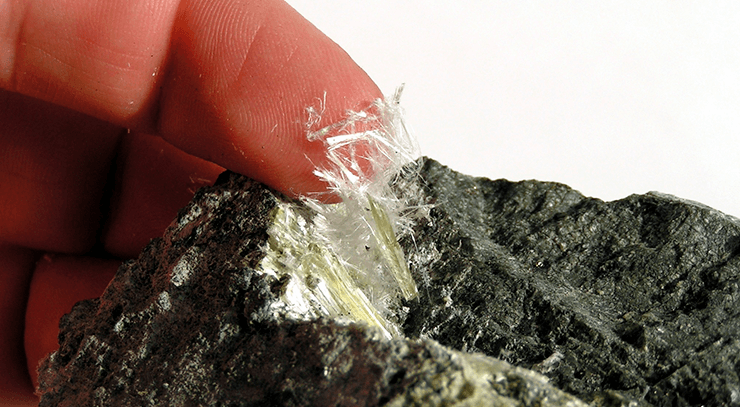However, the widespread usage of asbestos was not without its faults. In the early 1900s, hospitals witnessed a number of asbestos miners suffering from severe lung problems. Deaths were also reported. In the 1970s, medical research found that asbestos posed a serious threat to our health, so much so that it is now considered a human carcinogen.
With this evidence, the US Environmental Protection Agency (EPA) began to limit the use and manufacture of asbestos.
1973: A ban on spray-applied surfacing asbestos-containing material for fireproofing/insulating purposes was instituted.
1975: A ban on the installation of asbestos pipe insulation and asbestos block insulation on facility components, if the materials are either pre-formed (molded) and friable or wet-applied and friable after drying.
1978: A ban on spray-applied surfacing materials for purposes not already banned.
1977: The Consumer Product Safety Commission (CPSC) banned the use of asbestos in artificial fireplace embers and wall patching compounds.
1989: Most asbestos-containing products were banned.
1991:The 1989 rule was vacated and remanded by the Fifth Circuit Court of Appeals, resulting in the majority of the original ban on the manufacture, importation, processing, or distribution in commerce for the majority of the asbestos-containing products originally covered in the 1989 final rule to be overturned.
What is banned now
Currently, there is a US federal ban, under the Toxic Substances Control Act (TSCA), on asbestos in these six categories:
- corrugated paper
- commerical paper
- specialty paper
- rollboard
- flooring felt
- any products that do not historically contain asbestos (referred to as “new uses” of asbestos)2
It is important to note, however, that asbestos is not banned entirely. Products such as clothing, vinyl floor tile, roof and non-roofing coatings, as well as cement pipes can still contain, and be manufactured with, asbestos.
Don't touch it!
If you find asbestos, it’s best to not touch it. You can have it removed and replaced by a professional, or simply leave it alone if it’s in good condition. Asbestos is not dangerous when intact. It is only dangerous when disturbed, causing fibres to be released into the air where they can be inhaled (friable).
Once it’s been used, asbestos is disposed of as hazardous waste. Sometimes, it is also recycled to make silicate glass. As glass, it is harmless.
Other health problems caused by asbestos
In addition to mesothelioma, asbestos exposure can cause a number of other serious health problems.
- lung cancer
- throat cancer
- stomach cancer
- colon and rectum cancer
- ovarian cancer
- asbestosis
- disorders affecting the pleura, the thin layer that surrounds the lung and inner cavity: examples include pleuritis (excessive inflammation), pleural effusions (excess fluid buildup) and pleural plaques.
You are not alone. Our Mesothelioma lawyers
are here to help. Contact us today.
Footnotes
1. Virta RL. Worldwide asbestos supply and consumption trends from 1900 through 2003. Circular 1298. Reston: United States Geological Survey; 2006. p. 80.
2. US Federal Bans on Asbestos
